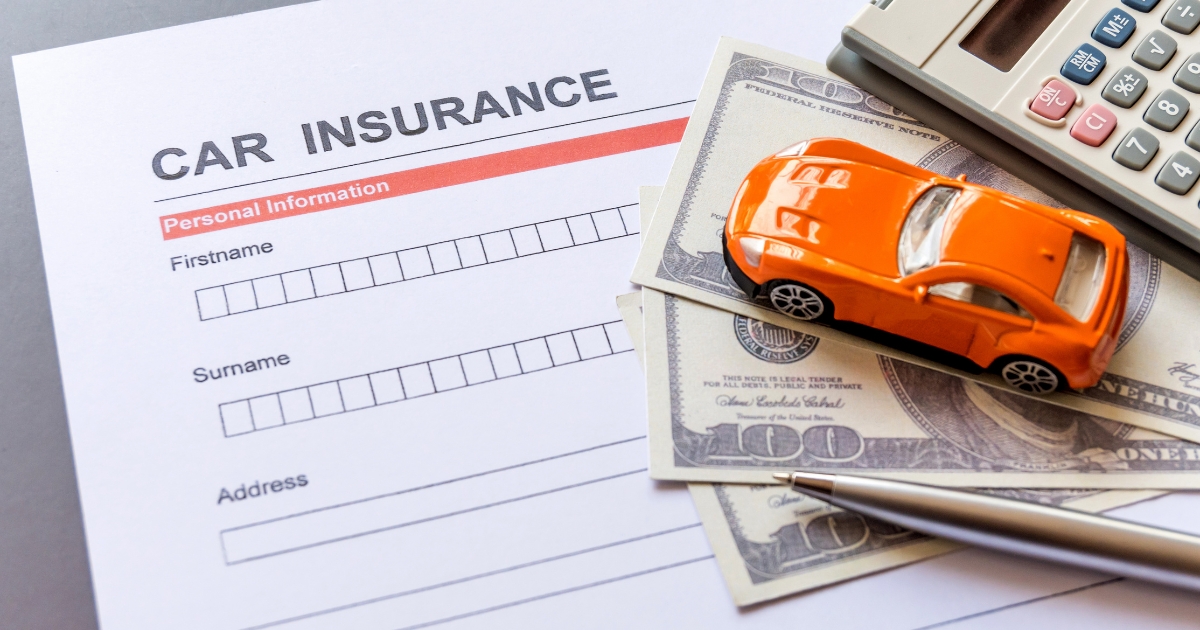Finding affordable auto insurance doesn’t have to come at the expense of good coverage. You can enjoy substantial savings by applying smart strategies and reviewing your policy regularly. Increasing your deductible or taking advantage of the many discount programs available can produce a visible difference in your premium. Many insurers, including those with partnerships like AARP, offer great discounts for members. For instance, auto insurance for AARP members can provide added benefits specifically designed for senior drivers, allowing you to combine savings with tailored coverage and extra support when needed.
Keeping your car insurance premiums manageable doesn’t have to mean stripping away the coverage you truly need. With a little effort, such as periodic rate shopping, bundling with other household policies, and practicing safe driving, you can keep your wallet healthy and avoid financial surprises. Ultimately, these habits help your bottom line and ensure you stay protected on the road, providing confidence and peace of mind so you can drive without worry, knowing you didn’t compromise on essential protection.
1. Increase Your Deductible
One of the fastest and most straightforward ways to lower your auto insurance premium is to increase your deductible—the portion you pay out-of-pocket for claims before your policy kicks in. Raising your deductible from $500 to $1,000 can decrease your collision and comprehensive premium costs by 20%-30%. However, higher deductibles mean you pay more if you have an accident, so weighing your risk tolerance and ensuring you have enough savings to cover the increased cost in a pinch is critical. If you rarely file claims or have a solid emergency fund for car expenses, this approach delivers instant monthly savings while keeping your coverage strong.
2. Bundle Your Policies
Bundling insurance policies—such as auto, homeowners, or renters insurance—with the same provider is one of the most reliable paths to a lower overall rate. Most insurance companies recognize the loyalty and reduced administrative effort of bundled customers by offering multi-policy discounts. This can make a real dent in your annual premiums, with some discounts reaching 10% or more. Bundling creates a single point of contact for questions, simplifies your billing, and can lead to better customer service experiences, because insurers want to keep you as a satisfied, long-term customer. Consumer Reports emphasizes bundling as a top savings tactic for nearly every household, particularly families and homeowners.
3. Maintain a Clean Driving Record
Car insurance providers rely heavily on your driving history to determine their rates, as a clean record signals you’re a low-risk customer. Drivers who avoid accidents, infractions, and tickets over multiple years can access the biggest safe-driver discounts, which sometimes amount to hundreds of dollars per year in premium savings. Enrolling in defensive driving or accident prevention courses may provide an additional insurance discount, depending on your state and insurer. Many companies will wipe minor violations from your record after a certain time, so steady, safe driving can bring savings over the long run. Staying alert on the road and obeying traffic laws lowers your insurance expenses and keeps you and your loved ones safe.
4. Utilize Telematics Programs
Telematics, or usage-based insurance programs, allow insurers to price your coverage according to your real-world driving habits instead of relying solely on historic or demographic data. By installing a small device in your car or using a mobile app, insurance companies can monitor how, when, and how far you drive. Safe actions—like gradual braking, steady acceleration, and avoiding driving at risky times—can earn you notable discounts, sometimes up to 30%. These programs are voluntary, and you can often see reports of your driving data, offering additional feedback to improve your habits. If you’re a low-mileage or cautious driver, telematics can be an excellent fit, rewarding those who drive safely and less often.
5. Improve Your Credit Score
Many drivers are surprised to learn that credit scores play a significant role in determining auto insurance premiums in most states. Insurers have found a correlation between good credit and lower claim risk, so policyholders with high credit scores usually pay less. To slowly improve your credit—and possibly your car insurance rate—pay bills on time, keep balances low, and review your credit report for errors at least annually. Following credit-building basics over time not only benefits your loan and card rates but can also trim your insurance costs. Free resources provided by agencies and organizations like Consumer Reports can help you develop healthier credit habits and unlock long-term financial benefits.
6. Shop Around and Compare Rates
Insurance rates for virtually identical policies can vary widely from one company to another, so it pays to comparison shop. Experts recommend gathering at least three quotes, either online or with local agents, every time your policy comes up for renewal if you want the best deal. Don’t assume longstanding loyalty will yield the overall lowest premium; sometimes, new customers get access to better rates or bundled deals. Using trusted comparison websites and agent consultations will give you a broad perspective on what’s affordable in your area. Switching insurers after careful comparison can bring down your rate and motivate current providers to offer matching or better discounts to retain your business.
7. Take Advantage of Discounts
Don’t leave money on the table—ask your agent to detail every discount that might apply to your household. Popular discounts include those for safe driving, students with good academic records, senior drivers, low annual mileage, membership in certain organizations or alumni associations, use of anti-theft equipment, and vehicles equipped with updated safety features. Some companies even offer incentives for paperless billing, automatic payments, or paying your policy in full at the start of each term. Every bit adds up, so make it a habit to review your eligibility for new or expanded discounts each year.
8. Reduce Coverage on Older Vehicles
As your vehicle ages, its market value drops, and so does the value of paying for full coverage. If you own a car that is several years old or has high mileage, consider dropping comprehensive or collision coverage once the car’s value falls below the cost of those protections. Calculate your car’s worth—if the premiums and deductible exceed what you’d receive from a claim, it makes sense to slim down your coverage. Just be sure to maintain the minimum insurance level required by your state and any lender. For those driving a paid-off or second vehicle, periodic coverage adjustments can equal significant savings.
Tips to Help You Save Year After Year
- Review your insurance policy before each renewal—both rates and your own circumstances change, so regular checkups ensure you’re not overpaying.
- Always update your insurer on major life events: reduced annual mileage, installation of anti-theft systems, a new zip code, or drivers moving in or out of your household can all impact your premium for the better.
- Set up an annual review with your agent to identify new discounts or policy options tailored to your evolving needs.
- Watch for insurer-specific promotions or new coverage products—they often launch special offers for existing customers, seniors, or safe drivers.
Conclusion
Car insurance doesn’t have to be a financial burden, nor should you be forced to sacrifice proper coverage for the sake of saving a few dollars. By actively raising deductibles, bundling, exploring telematics options, maintaining an excellent credit score, and proactively seeking discounts, you can consistently lower your monthly payments. Schedule a review each year to ensure your coverage still makes sense for your needs—you may uncover new options or deals as the insurance landscape evolves. With these tips, protecting yourself and your vehicle becomes more affordable, keeping your coverage strong without breaking the bank.







